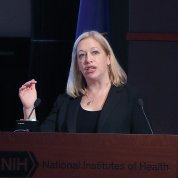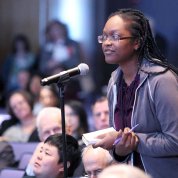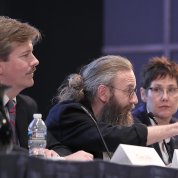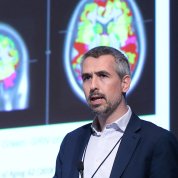NINDS Hosts Summit on ADRD Research Priorities
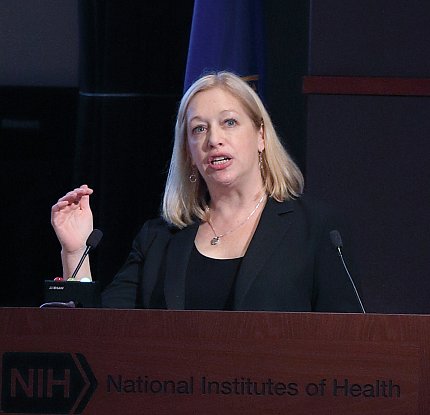
Photo: Chia-Chi Charlie Chang
Alzheimer’s disease-related dementias (ADRD) are debilitating conditions that impair memory, thought processes and functioning. These disorders—which include Lewy body dementia, frontotemporal degeneration, vascular contributions to cognitive impairment and dementia (VCID) and multiple etiology dementias—affect millions of Americans and take a tremendous toll on individuals, families, caregivers and society.
NINDS recently sponsored a 2-day ADRD Summit at Natcher Conference Center to bring together internationally recognized experts, researchers, physicians, non-profit groups, patients and caregivers to discuss scientific advances and research priorities.
The goals of the meeting were to assess progress on research recommendations developed at two earlier summits held in 2013 and 2016, add new recommendations based on recent scientific discoveries, receive input from stakeholders including the public and update priorities and timelines for tackling ADRD under the National Plan to Address Alzheimer’s Disease.
Dr. Laura Gitlin, dean of the College of Nursing and Health Professions at Drexel University and chair of the Advisory Council on Alzheimer’s Research, Care and Services for the National Alzheimer’s Project Act (NAPA), gave an overview of the NAPA plan, which aims to overcome Alzheimer’s disease and related dementias by 2025.
To help carry out the plan, both NIA and NINDS hold triennial summits to develop a multidisciplinary AD research agenda and priorities. This year’s summit was intended to build on progress made since 2016 and to hone those priorities.
“These summits are really important because they provide input from a broad base of participants and really inform the direction of how we are going to change dementia in the United States,” Gitlin said. “From the last couple of summits, what’s been emerging is that we as a research community have to do research differently. That means involving stakeholders, people living with dementia and caregivers, not only as study participants, but as members of our research team. We’ve learned from our summits that, by involving our stakeholders, our questions change and our outcome measures change.”
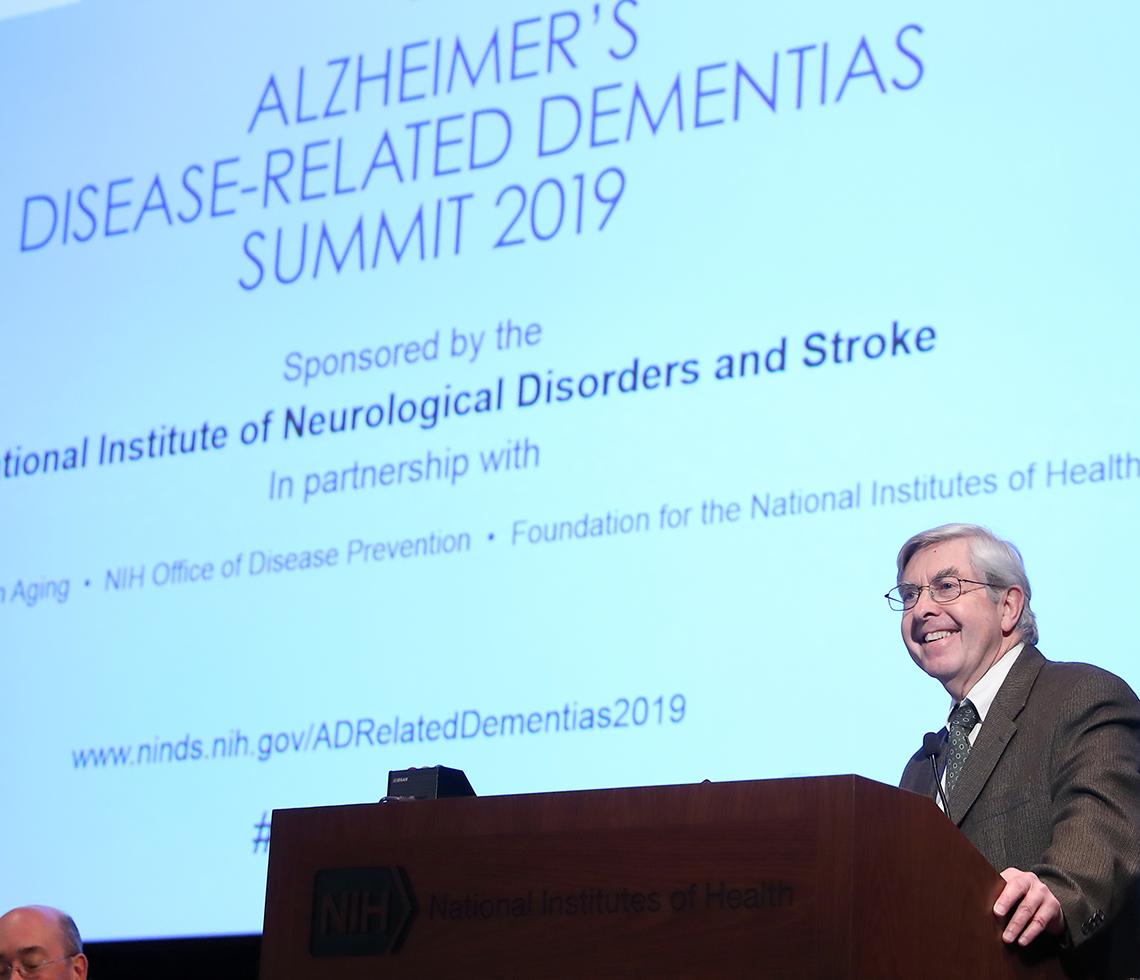
Photo: Chia-Chi Charlie Chang
The sessions featured overarching topics—those relevant for disorders across the AD/ADRD spectrum—such as multiple etiology dementias, dementia nomenclature and health disparities as well as disease-specific topics including Lewy body dementias and VCID. One new session, Emerging Scientific Topics in AD/ADRD, covered traumatic brain injury and TDP-43 proteinopathy in common dementias. Each session was followed by open discussion and questions from the audience.
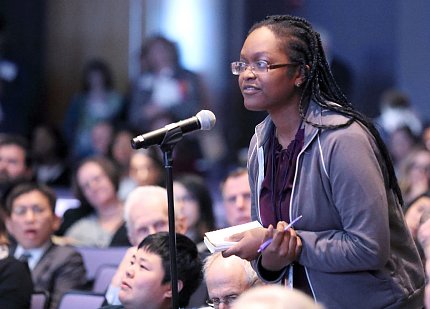
Photo: Chia-Chi Charlie Chang
This year’s meeting debuted the ADRD Trainee Travel Scholarship Program, which was designed to increase training and contact among peers regarding the complex realities of the basic and clinical science of AD/ADRD. The 21 recipients included graduate, postdoctoral and medical students, residents and other health professionals from all parts of the country who are pursing advanced degrees and training in areas relevant to dementia research.
At the summit, the scholars had the opportunity to meet with leading scientists during a welcome reception and attend the meeting. Later, they will participate in a follow-up debriefing teleconference.
“The idea of this program is to find a way to help train the next generation on what real, everyday common dementia is about—the scientific, the clinical and other realities of dementia,” said Dr. Roderick Corriveau, a program director in the Neurodegeneration Cluster of the Division of Neuroscience, NINDS.
At the end of the meeting, Dr. Julie Schneider, summit scientific chair, presented highlights and cross-cutting themes. Schneider—who is also associate director at the Rush Alzheimer’s Disease Center at Rush University Medical Center—then joined the session chairs as they fielded final comments from the audience regarding ADRD research priorities and the way forward.
Recommendations from this meeting will be presented to the National Advisory Neurological Disorders and Stroke Council in September and then delivered to the NAPA council in November.
“This was a really high-quality summit,” said NINDS director Dr. Walter Koroshetz in closing remarks. “I think the one take-home point is that our brains are so vulnerable and they become more and more vulnerable to many different pathologies as we get older. So, this battle to try and understand what’s going on and how to make a difference for people is a real challenge. A summit like this allows us to see the gaps so then we can digest this kind of information and try and address the gaps. That’s what it’s really all about.”

